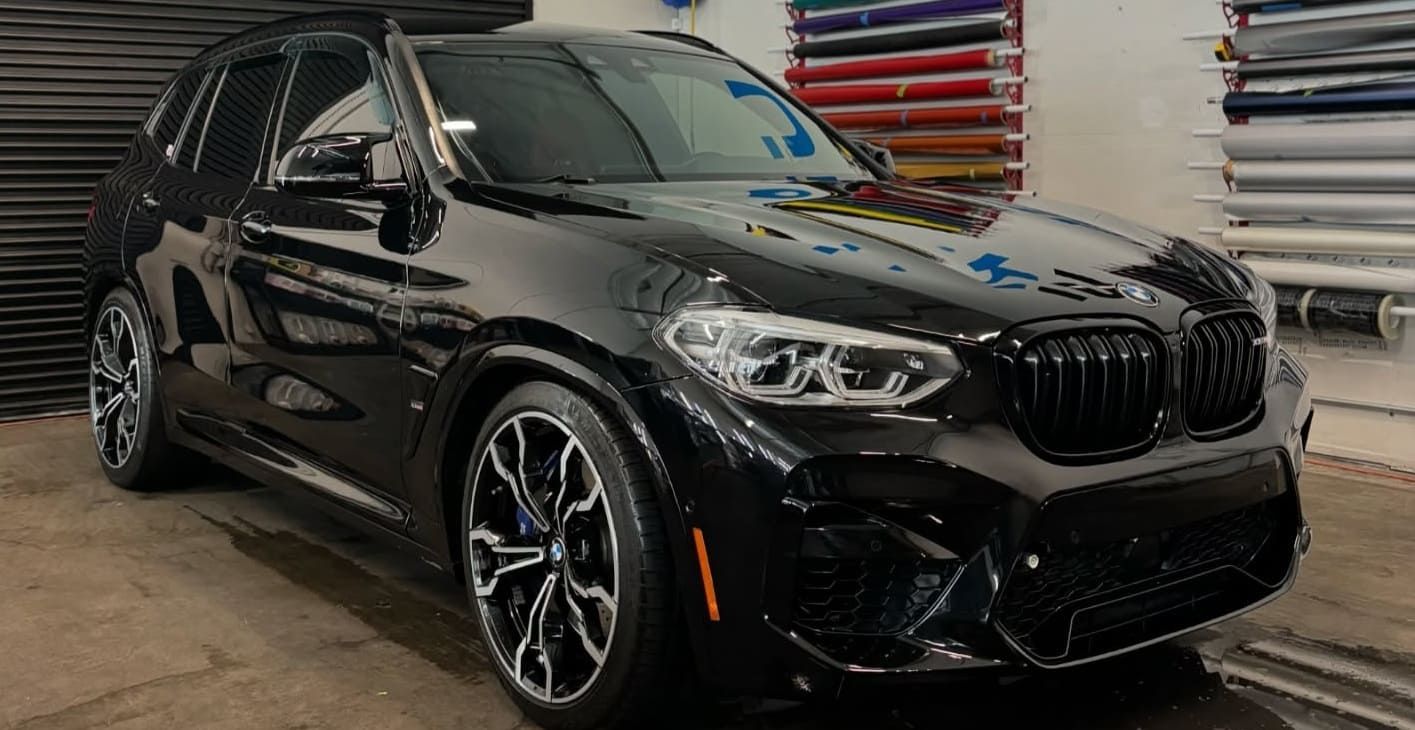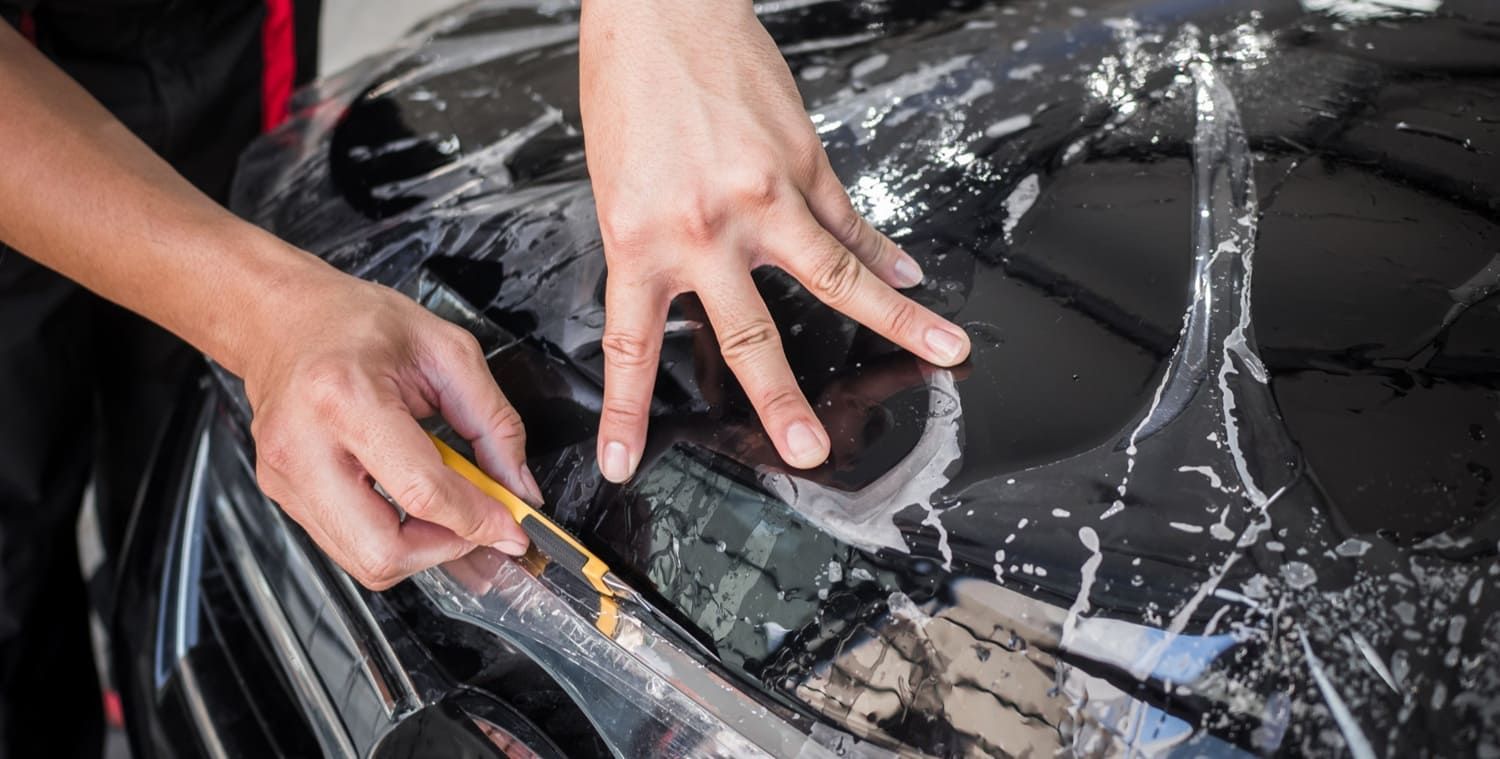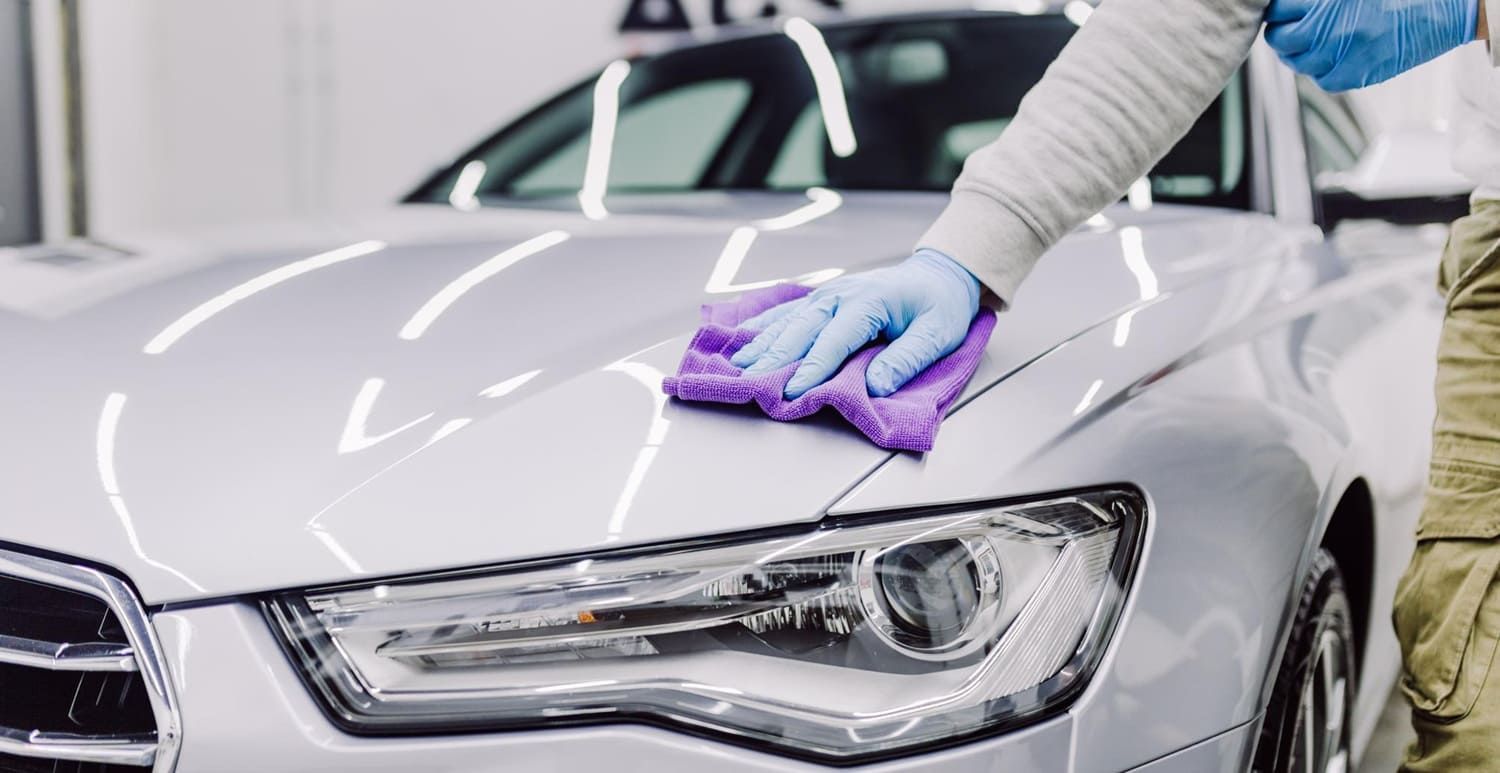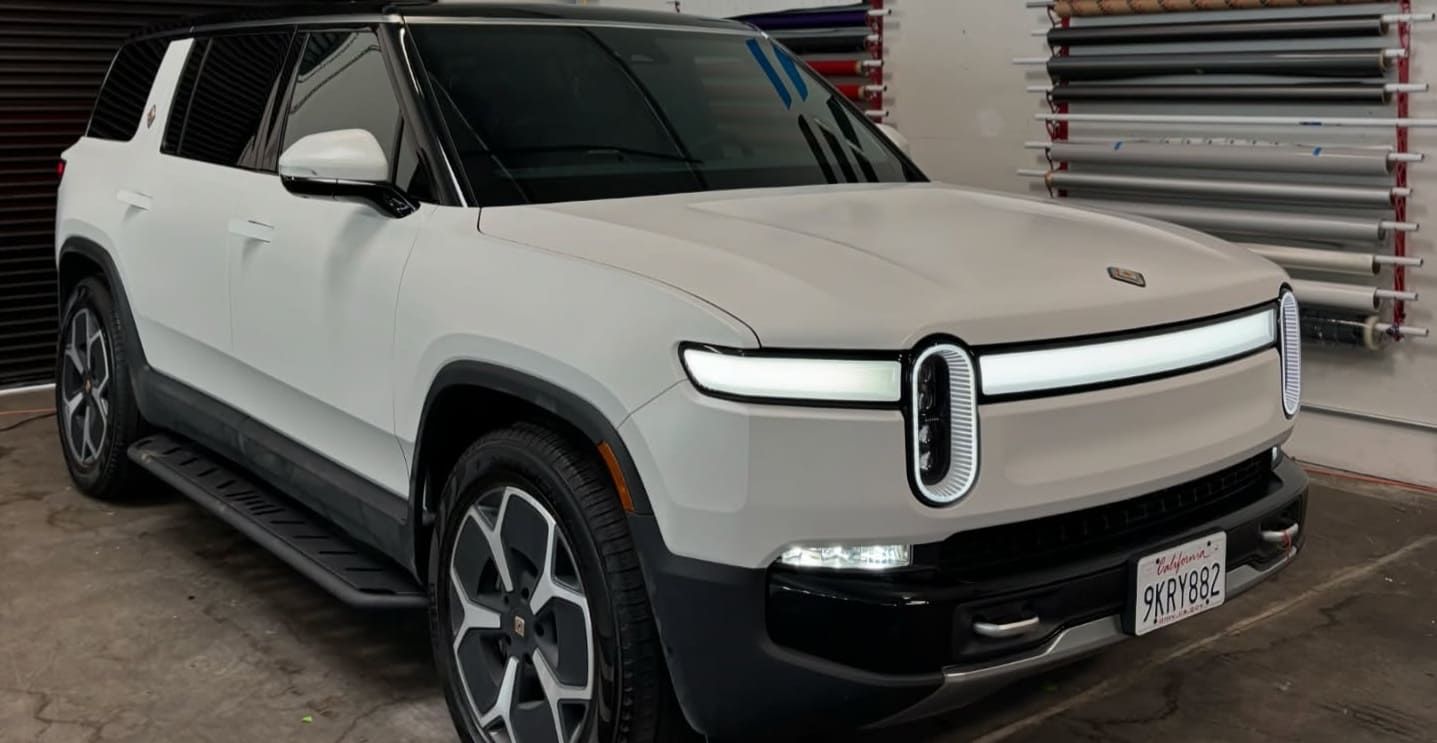How Soon Should I Tint a New Car After Purchase
Tinting your new car's windows is a smart move. It offers many benefits, from UV protection to enhanced privacy. But timing is key for the best results.
When should you tint your new car? This question is common among new car owners. The answer depends on several factors, including climate and tint type.
Understanding tint curing time is crucial. It affects how well the tint adheres and lasts. Proper timing ensures your tint looks great and performs well.
This guide will help you navigate the timing of car window tinting. You'll learn when to tint, what to expect, and how to care for your new tint.
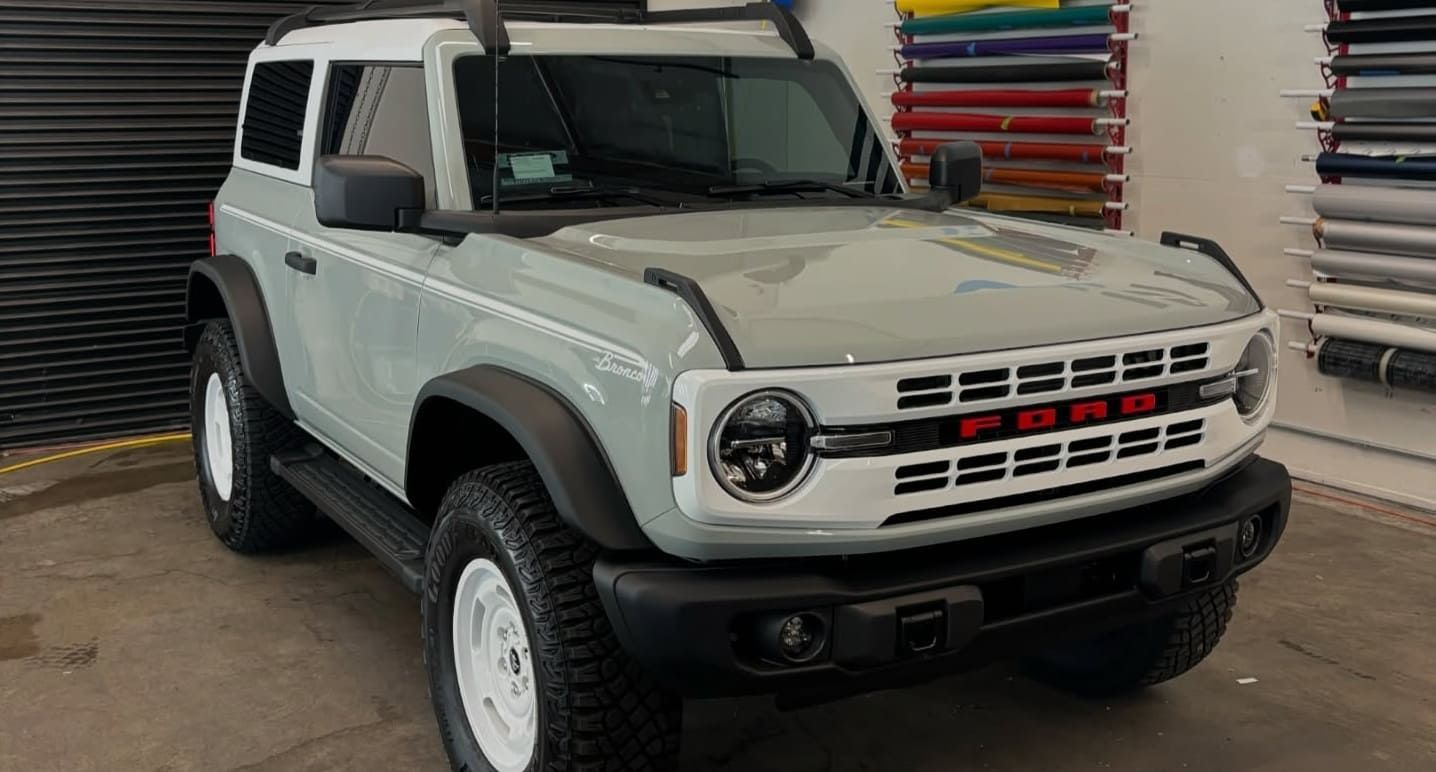
Why Tint a New Car? Key Benefits of Car Window Tinting
Tinting a new car's windows is more than just a cosmetic upgrade. It provides practical advantages that enhance your driving experience. Here are the key benefits to consider.
First, tinting offers significant UV protection. Window films can block up to 99% of harmful UV rays. This protects both your skin and the car’s interior from damage.
Privacy is another crucial aspect. Tinted windows make it difficult for outsiders to see inside, adding a layer of security. This can deter potential theft and prying eyes.
Tinting also contributes to comfort. It reduces glare from the sun and headlights, making driving safer. Additionally, tinting helps keep your car cooler by minimizing heat from sunlight.
Overall, car window tinting is an investment in both aesthetics and functionality. It supports increased comfort, safety, and vehicle longevity, making it a smart choice for any new car owner.
When Is the Best Time to Tint a New Car?
Choosing the right time to tint your new car can make a significant difference. Timing affects the quality and longevity of the tint. It's generally wise to wait a few days to a week after purchase before installing window tint. This allows you to become familiar with your car's needs and potential adjustments.
Weather plays an essential role in deciding when to tint. Mild weather conditions, neither too hot nor too cold, are ideal for installation. This ensures that the tint adheres properly and cures without issues.
Installation during extreme weather can negatively affect tint performance. High humidity or freezing temperatures can alter curing time and the adherence of the film.
Consider your schedule as well. The tinting process takes several hours, depending on the vehicle size. Plan a day when you can dedicate enough time to be without the car.
In summary, the optimal time for tinting involves considering weather conditions, your timetable, and the immediate usage plans for your new vehicle. Making an informed decision ensures a smooth and successful tinting process.
Understanding Tint Curing Time: What to Expect
Tint curing time is a crucial aspect of the tinting process. Curing refers to the period required for the adhesive in the tint film to fully bond with the window. It is typically dependent on several factors, including the climate and type of film used.
In general, tint curing time can range from a few days to several weeks. Warmer, sunnier conditions tend to speed up the curing process. Conversely, cold or humid environments can extend the curing period significantly.
Understanding the intricacies of tint curing is beneficial for new car owners. Being aware of what to expect helps in planning and vehicle care. Here are some key aspects that influence tint curing time:
- Climate: Warmer temperatures speed up curing, while cooler temperatures delay it.
- Humidity: High humidity levels can slow down the curing process.
- Sunlight Exposure: Direct sunlight aids faster curing.
Knowing these factors allows you to adjust care routines accordingly. Follow your installer's aftercare instructions to ensure the tint cures correctly, avoiding bubbles or peeling. These steps help maintain the tint's appearance and durability over time.
Factors That Affect Car Tinting Timing
The timing of car tinting can be influenced by several important factors. Understanding these can help ensure that your tinting is effective and long-lasting. By considering these elements, you can plan the tinting process for the best results.
Weather is a primary consideration when planning to tint your car. Mild weather conditions, with neither extreme heat nor cold, are ideal for the process. Such environments facilitate better adhesion of the tint film, enhancing its performance.
Another crucial factor is the type of film used. Different tint films have varying composition and thickness, affecting drying and curing times. Films like ceramic and carbon usually require different curing durations compared to dyed or metallic tints.
The condition of your vehicle's windows also plays a role. Clean, smooth surfaces ensure better film adhesion. Dirt or previous damage can hinder this, making it vital to prepare your windows adequately before tinting.
Finally, your chosen installer can significantly impact the timing. An experienced professional will have the skill to install the tint efficiently. Here's a quick list of factors to consider:
- Weather conditions: Mild, consistent temperatures are best.
- Film type: Some films require longer curing times.
- Window condition: Clean surfaces lead to better results.
- Installer expertise: Professionals deliver quality, timely service.
By paying attention to these factors, you can optimize your car tinting experience, ensuring durability and satisfaction.
Types of Window Tint Films for New Cars
Choosing the right window tint film is crucial for achieving your desired outcomes. With various options available, understanding the characteristics of each can help make an informed decision.
Dyed window films are among the most affordable options. They use a layer of dye to block sunlight, providing a subtle tint and reduced glare. However, they may fade over time, impacting their appearance and effectiveness.
Metallic films offer superior heat reduction compared to dyed films. These films use tiny metallic particles to reflect heat and UV rays. While effective, they can interfere with electronic signals such as GPS and mobile devices.
Ceramic films are highly regarded for their performance. They block heat and UV rays without affecting visibility or electronic signals. They are more expensive but offer excellent durability and clarity.
Here's a quick overview of tint film options:
- Dyed film: Affordable and decent glare reduction
- Metallic film: Excellent heat reduction, may interfere with electronics
- Ceramic film: High performance, non-interfering, and durable
Selecting the right film involves balancing cost, performance, and specific needs for your new car.
Professional vs. DIY: Which Is Better for New Car Window Tinting?
When deciding between professional or DIY window tinting for your new car, consider both the benefits and potential drawbacks of each option. Professional installation might appear more costly upfront, but it often offers superior quality and reliability.
Professional tinting services bring expertise and precision. Installers have the tools and experience necessary to apply films without bubbles or creases. This not only ensures a better appearance but also enhances the longevity of the tint.
In contrast, DIY tinting kits are budget-friendly and offer flexibility. If you are handy, DIY might seem appealing, but the risk of errors is higher. Mistakes can lead to additional costs if professional correction becomes necessary.
Consider these points when deciding:
- Professional Installation: Offers expertise, quality, and warranties.
- DIY Kits: Budget-friendly, but risky for novices.
- Decision Factors: Skill level, budget, and desired quality.
Choosing the right approach depends on your confidence, skill level, and budget considerations for your new car window tinting.
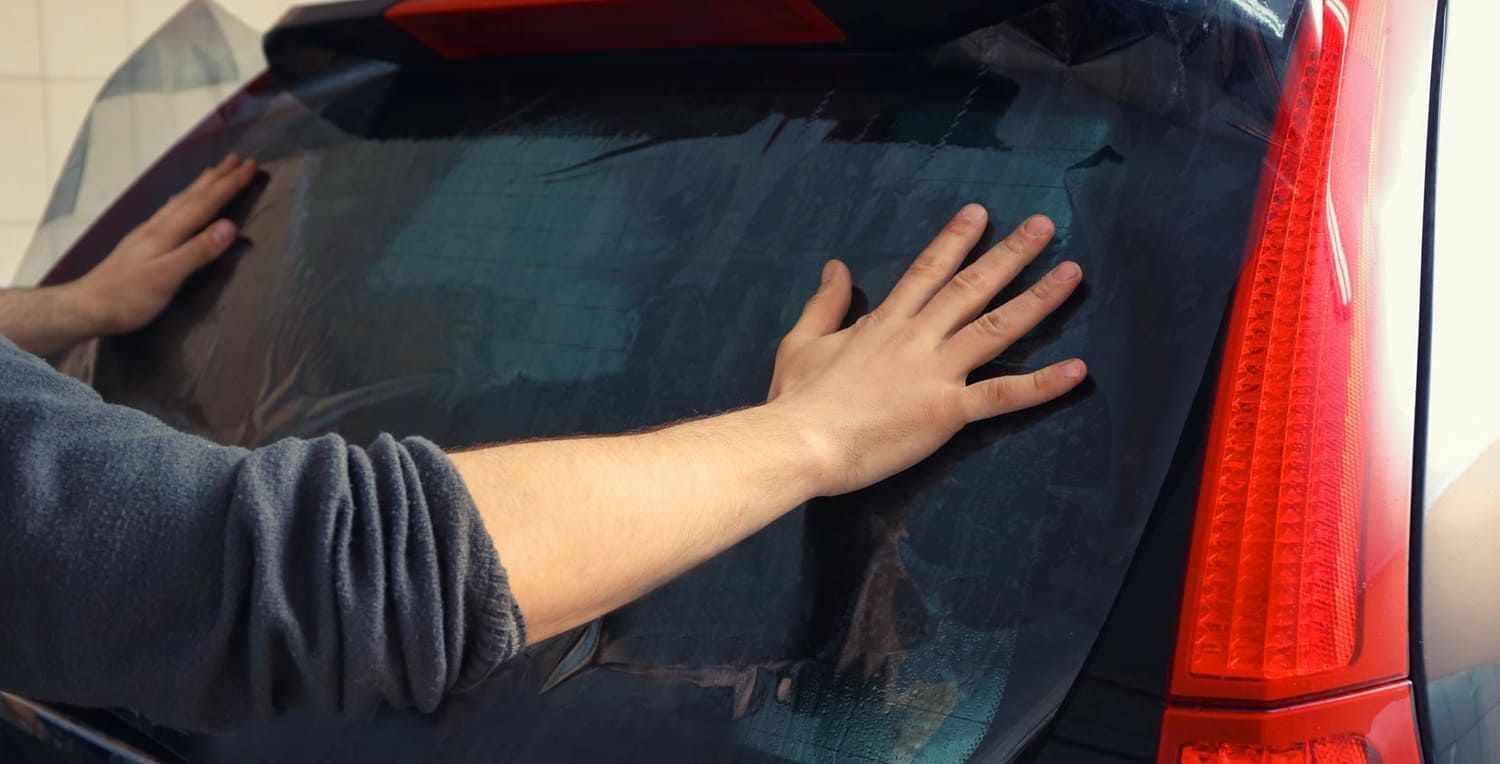
Legal Considerations: Tinting Laws and Regulations
Before tinting your new car, it's crucial to understand the legal regulations. Laws about car window tinting differ significantly across regions and states. Ignoring these regulations can lead to fines or necessitate removal, which can be expensive.
Each region sets specific limits on tint darkness and reflectivity. Some areas even restrict which windows can be tinted or require certification stickers. Knowing these details ensures compliance and prevents legal issues.
To avoid problems, research local laws thoroughly. This preparation will help you make informed decisions for your car window tinting. Consider these guidelines:
- Check Local Limits: Know darkness and reflectivity limits.
- Understand Permits: Some areas may require certification.
- Ensure Compliance: Stay informed to avoid potential fines.
How to Prepare Your New Car for Window Tinting
Preparing your new car for window tinting is crucial for optimal results. Start by scheduling an appointment with a reputable professional. This ensures your vehicle is in expert hands and minimizes the risk of improper installation.
Clean the windows thoroughly before your appointment. Dust or debris can interfere with the film’s adhesion and lead to bubbles. Use a mild cleanser and a soft cloth for best results, as harsh products might damage the glass.
Before tinting, consider the look and functionality you desire. Research different film types to match your preferences, and discuss them with your installer. A clear plan ensures satisfaction with your new car window tinting. Here are some preparation steps:
- Schedule an Appointment: Choose a trusted professional.
- Clean Windows: Use mild cleanser and soft cloth.
- Research Films: Consider appearance and needs.
Aftercare Tips: Ensuring Proper Tint Curing and Longevity
Proper aftercare is vital to ensure your window tint cures correctly and lasts long. Avoid rolling down the windows immediately after installation. It's crucial to let the tint set for a few days to prevent peeling.
Protect the tint from moisture and direct contact during the curing period. Use a dry, soft cloth to clean the windows to avoid scratches. This helps to maintain the tint’s clarity and performance over time.
Be mindful of the cleaning products you use. Opt for ammonia-free cleaners to preserve the tint's integrity. Here are a few additional tips to ensure longevity:
- Avoid Harsh Cleaners: Use ammonia-free products.
- Wait Before Rolling Windows: Give tint time to set.
- Clean Gently: Use soft, dry cloths only.
Frequently Asked Questions About Car Tinting Timing
New car owners often have questions about window tinting timing. One common inquiry is, "How long before I can wash my car post-tinting?" It's best to wait at least a week. This allows the tint to adhere properly without interference.
Another frequent question is, "What affects the tint curing time?" Several factors come into play, including weather conditions and the type of film used. Sunny, dry climates usually speed up the curing process.
People also ask, "Is professional installation necessary?" While DIY kits are available, they may not offer the same quality as experienced professionals. Here are some common questions:
How soon can I tint my brand-new car after buying it?
You can typically tint your car as soon as you drive it off the lot. There’s no mandatory waiting period unless your dealership advises otherwise due to specific coatings or delivery prep.
Should I wait for the factory tint to settle before tinting my car?
Factory tint refers to tinted glass, not a film—so there's nothing to "settle." If your windows are already tinted by film at the dealership, it’s best to confirm with them before adding another layer.
Is it better to tint a new car right away or wait?
Tinting right away is often ideal. It protects your interior from UV damage, keeps your car cooler, and helps preserve that brand-new look from day one.
Will tinting a new car affect the manufacturer’s warranty?
In most cases, professional window tinting does not void your warranty—especially when installed by certified technicians using high-quality film. Always check with your manufacturer for clarity.
Can I choose any type of tint for a new car?
Yes, but ceramic or carbon films are usually recommended for new cars due to their superior heat rejection, clarity, and longevity compared to dyed films.
How long does tint installation take on a new vehicle?
Installation usually takes 1 to 3 hours depending on the number of windows and type of film selected. New cars are often easier to work on due to clean glass and minimal wear.
Should I get tinting done at the dealership or a tint shop?
Tint shops often offer better film quality, more tint options, and competitive pricing compared to dealerships. Professional tint shops also specialize in custom installations.
What’s the best way to book a tint appointment after buying a new car?
Once you’ve taken delivery, contact a reputable local tint provider. If you're in North Hollywood or Sacramento, reach out to Ultimate Film Solutions at (818) 220-8574 or (916) 384-7565 for a free estimate and expert advice on the best tint for your new car.
Conclusion: Making the Right Choice for Your New Car
Choosing the right time to tint your new car can significantly enhance its functionality and aesthetic appeal. Taking into account factors like climate, tint type, and professional installation will guide you in making an informed decision.
For expert service and reliable results, trust Ultimate Film Solutions, professional window tinting installers serving North Hollywood, CA & Sacramento, CA. We offer free estimates to help you get started with confidence and ensure your vehicle benefits from lasting protection and style.



